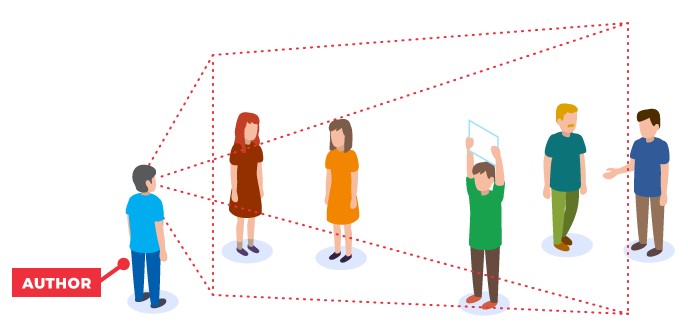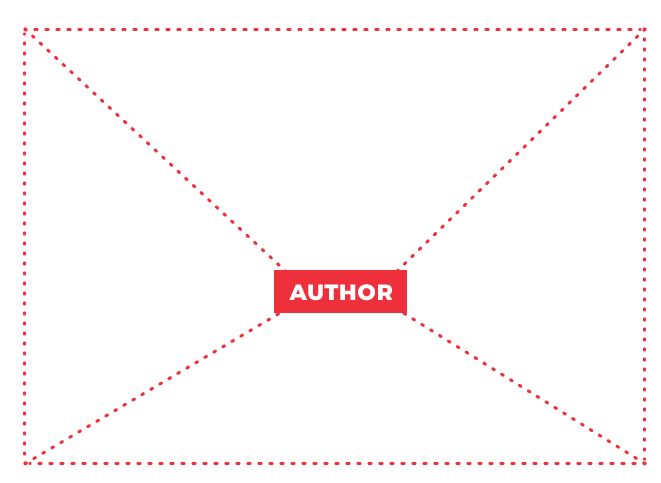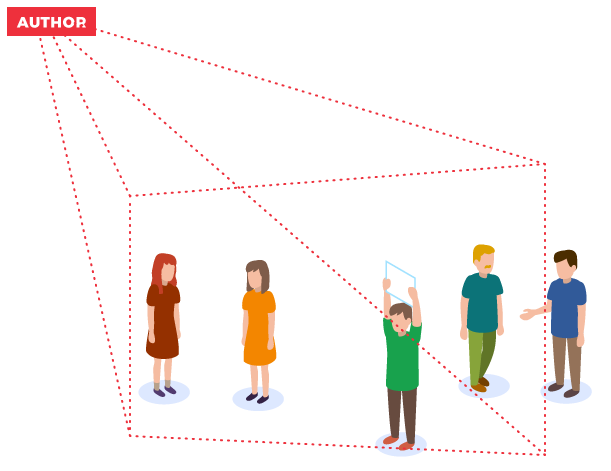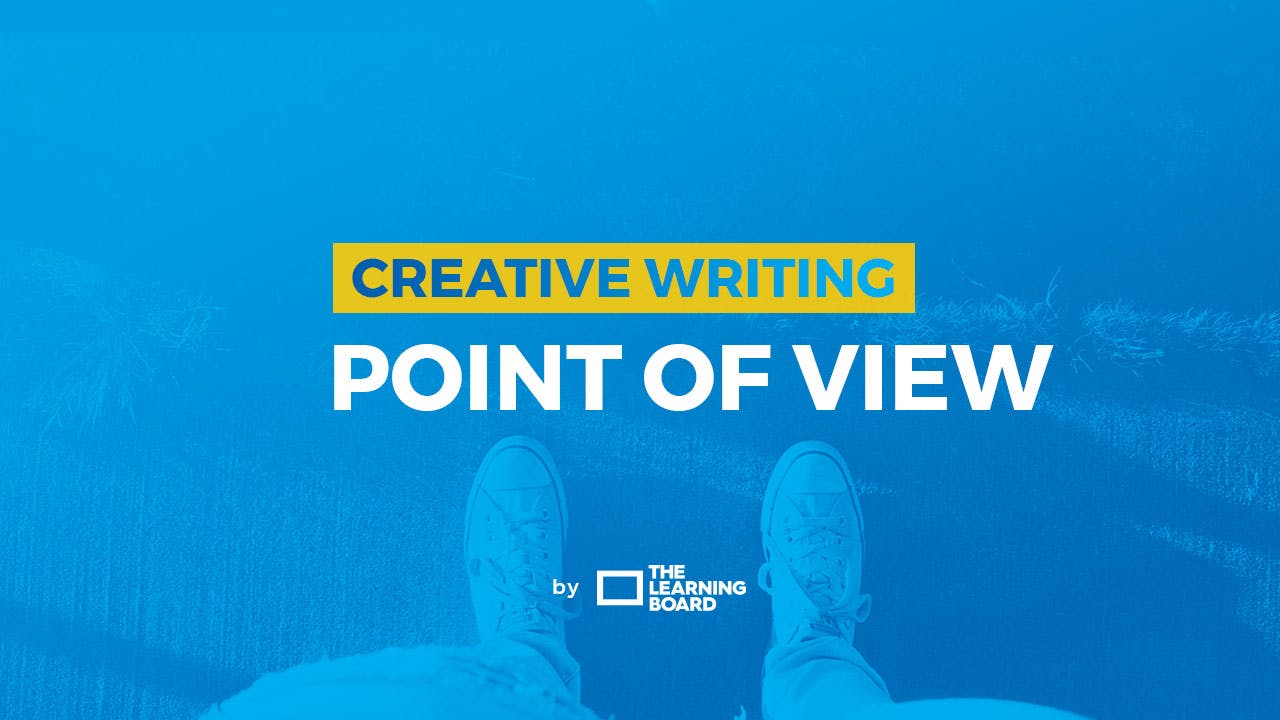Rule Of Thumb
Why is the point of view so important, you might ask? It not only sets a direction about the way the story is being told but also gives you as an author access to the happening in your writing.
If you, however, confuse any of them with another, you may ruin a probable masterpiece. It is very important that when we write an essay or a piece of short story, we stick to a particular point of view. We do not change point of view in the middle of the writing.
Common mistakes:
- Beginning your piece of writing with first person then switching to third
- Using third person omniscient then changing to third person limited
These are story killers. What you would want to do is to establish your point of view by the end of your introductory paragraph and stick to it.
We shall take a look into three points of view that we may choose to write from:
- The first person limited
- The second person
- Third person omniscient
So, which is the suitable one for your piece of writing?
The First Person Limited Point Of View

This style is written from the view where the narrator is in the story and speaks from his or her personal experience.
Example:
Walking up the flight of stairs, I lugged my heavy feet which were burdened by the massive weight of the bag that my shoulders bore. Having little choice of the books to bring to school, I brought the entire year’s collection on the first day of school with confidence.
This is the most common point of view in descriptive writing.
This point of view is interesting, but at the same time, challenging to write from as it only being told and explained from the narrator’s view of the event. It is a narrow view that does not share more about the surrounding or from another character’s view. Imagine watching a movie shot from the main character’s view point – seeing through the eyes of the character. It may be dull and biased.
The Second Person Point Of View

The second person writing is often used as a form of instruction, conveyance of message or persuasion. This style of writing pulls the readers in and makes them feel as though they are being spoken to. It pushes you as a writer to explore an uncommon way of writing as you narrate in a manner that speaks directly to the readers.
This style can be fun and interesting but it is not recommended that you use it in the examination.
Example:
You know how it feels like, walking into school on the first work day of the year and feeling a sense of emptiness. Lugging your heavy feet up the flight of stairs to a designated location you were told, your back baring the massive weight of the bag, you slowly moved into your classroom. If we had a choice, school should not be attended physically but rather via remote access from the comfort of your home!
The Third Person Point Of View

There are two ways for you to write from for this style: the third person omniscient or the third person limited. Either way, the narrator is outside of the story and relates the experience of the characters. Should you choose to write on a third person omniscient point of view, you (the narrator) would have full excess of the thoughts, feelings and expressions of all the characters within the story. On the other hand, if you choose third person limited point of view (which, by the way, works great for a single character story plot), you (the narrator) would be “limited” to the thoughts, feelings and expressions of that single character.
One important task of writers when they write in this view is that they have to deliberate on how far they should go into the detail. This is where the “show not tell” technique comes into play to elaborate on the actions. To best illustrate the thoughts, feelings and expressions of the character, describe the happening from the character’s point of view.
Example:
On the first day of school, Brian braced himself for the worst to come: horrible classmates! It was anybody’s game at this point though everyone knew which class they would be in. They did not know what kind of classmates they would be with for the next year, at least. With a deep breath, he took the first step up the flight of stairs which would lead him to his final destination. Lugging his heavy and “well stocked” schoolbag, he dragged his legs up every flight of the stairs as though every step he took killed a little bit of him. “Be strong and face the class!” he chided to himself as a way to boost his morale.
Conclusion
Do consider carefully the point of view you employ as it will affect the way the readers perceive your piece of writing. Each point of view has their own strengths and benefits. The excellence of your writing lies in your choice of words.
Stick to the perspective that you have chosen right from the start and tell your story confidently. Spread your wings of creativity and colour the world with your beautiful expressions.


